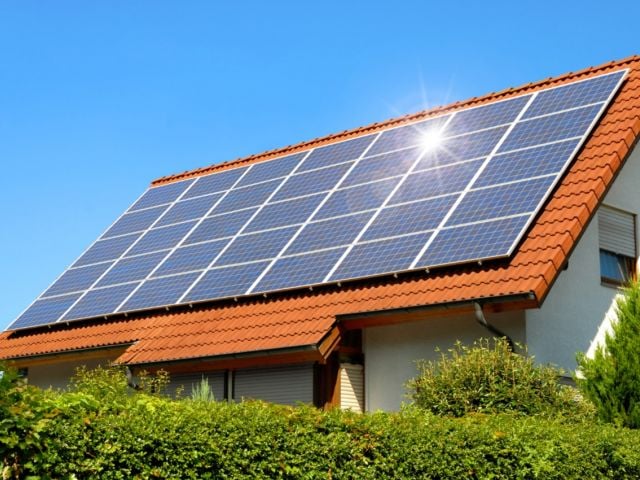
Alarmed by current U.S. energy policy, 60 Americans from all over the country came together in 2012 and earlier this year in Cambridge, Mass., to explore alternatives to the dangerous and misleading course being taken by industry and the nation’s political leaders. In three days of intense discussion, the group came up with the “American Clean Energy Agenda,” nine principles to put us on a course toward truly renewable, non-polluting energy. In this, the second of a series, we focus on Principle 2: “Achieving a sustainable energy future hinges on grassroots organizing to mobilize and educate the public and build support from our community, business and political leaders.”
The United States runs on an energy mix dominated by dirty energy sources – mostly coal, natural gas and nuclear. Energy companies, many of them among the most profitable corporations in the country, use their wealth to mount vast public relations campaigns touting such mirages as “clean-coal” or a “clean, domestic energy future” with natural gas.
The truth is that none of these energy sources can ever be truly clean, much less renewable. The time has come to transition toward a sustainable energy future based on genuinely clean and renewable energy. This transition will not come easily, especially in the face of vast industry spending to mount advertising campaigns and deploy armies of lobbyists in Washington.
The way to fight back in the name of truth and a sustainable energy future is to organize at the grassroots to mobilize and educate the public. The success of these efforts will hinge on the determination and follow-through of community, business and political leaders who understand the issues – and know what we’re up against.
There’s no question that a sustainable, renewable and clean energy future is possible. Last year, Synapse Energy Economics, a leading research and consulting firm, published a study that demonstrated the feasibility of completely eliminating coal as a domestic fuel source. Its report, titled “Toward a Sustainable Future for the U.S. Power Sector: Beyond Business as Usual 2011,” found that by 2050, a national commitment to sustainable, renewable energy, along with only a slight increase in natural gas use, would make it possible to retire all coal-fueled power plants and reduce the number of nuclear plants by 23 percent, while saving $83 billion over 40 years.
This comprehensive, region-by-region national study evaluated the prospects for increasing renewable energy generation, the impact on jobs and the health and environmental gains that would come from shutting down coal-fired power plants and eliminating their emissions. The Synapse report is by no means the final word, but it shows clearly that the naysayers who insist that a renewable energy future is beyond our reach are wrong. There is an alternative, it is feasible and the nation’s economic foundations will not crumble as a result.
President Obama announced his climate change action plan in June 2013. The Administration plans to issue new rules to regulate greenhouse gas emissions from new electric utility plants as early as Sept. 20. Despite the President’s call to action and the public consensus on the need for aggressive climate leadership, however, today’s enormous and wealthy energy corporations will not go quietly into the night. They will relentlessly use their wealth and political power to try to preserve the myth that sustainable energy will never be more than a marginal player. They will continue to insist that a sustainable energy future is impossible.
Although we welcome President Obama’s leadership, the “all of the above” approach isn’t a long-term solution to climate change. We have to speak out, organize and support truly clean energy to protect our future and provide the political foundation for real change. It will take grassroots organizing on a massive scale to mobilize the facts and the voices that can educate the public and our political leadership that a transition away from dirty energy sources is not only feasible, it is the essential lynchpin of a prosperous, sustainable economic future.
Across the country, and through the American Clean Energy Agenda, the work has begun. Join us.


